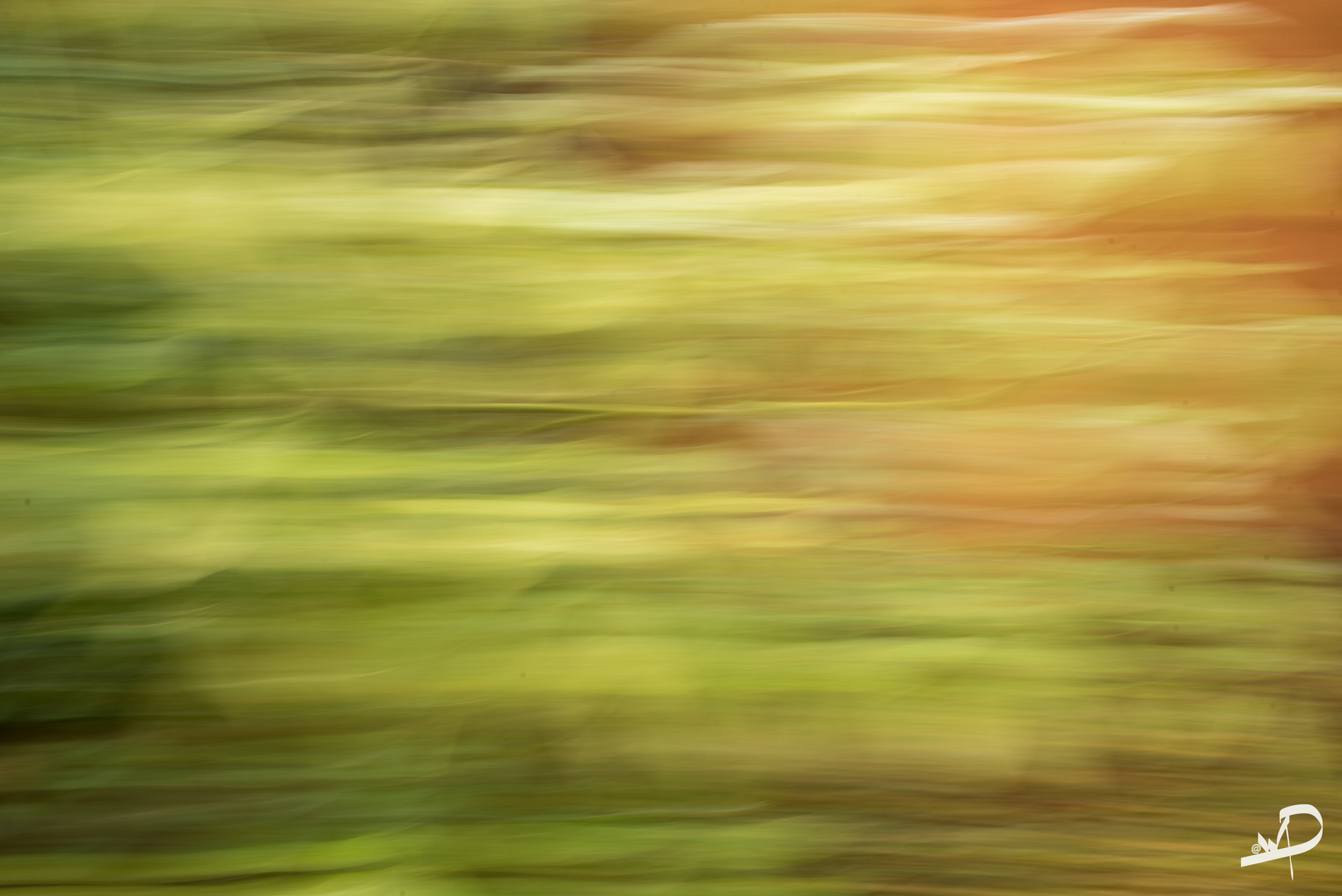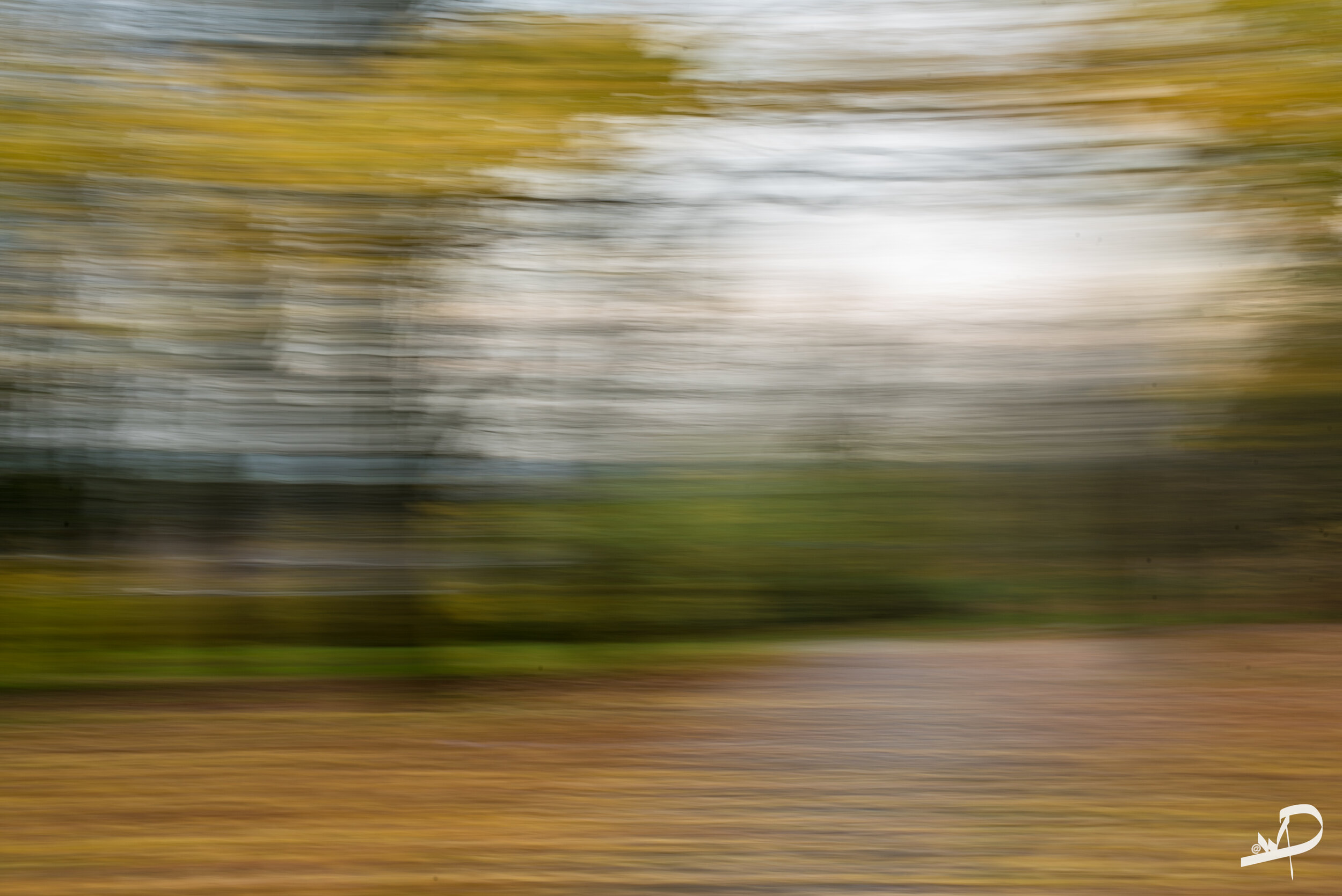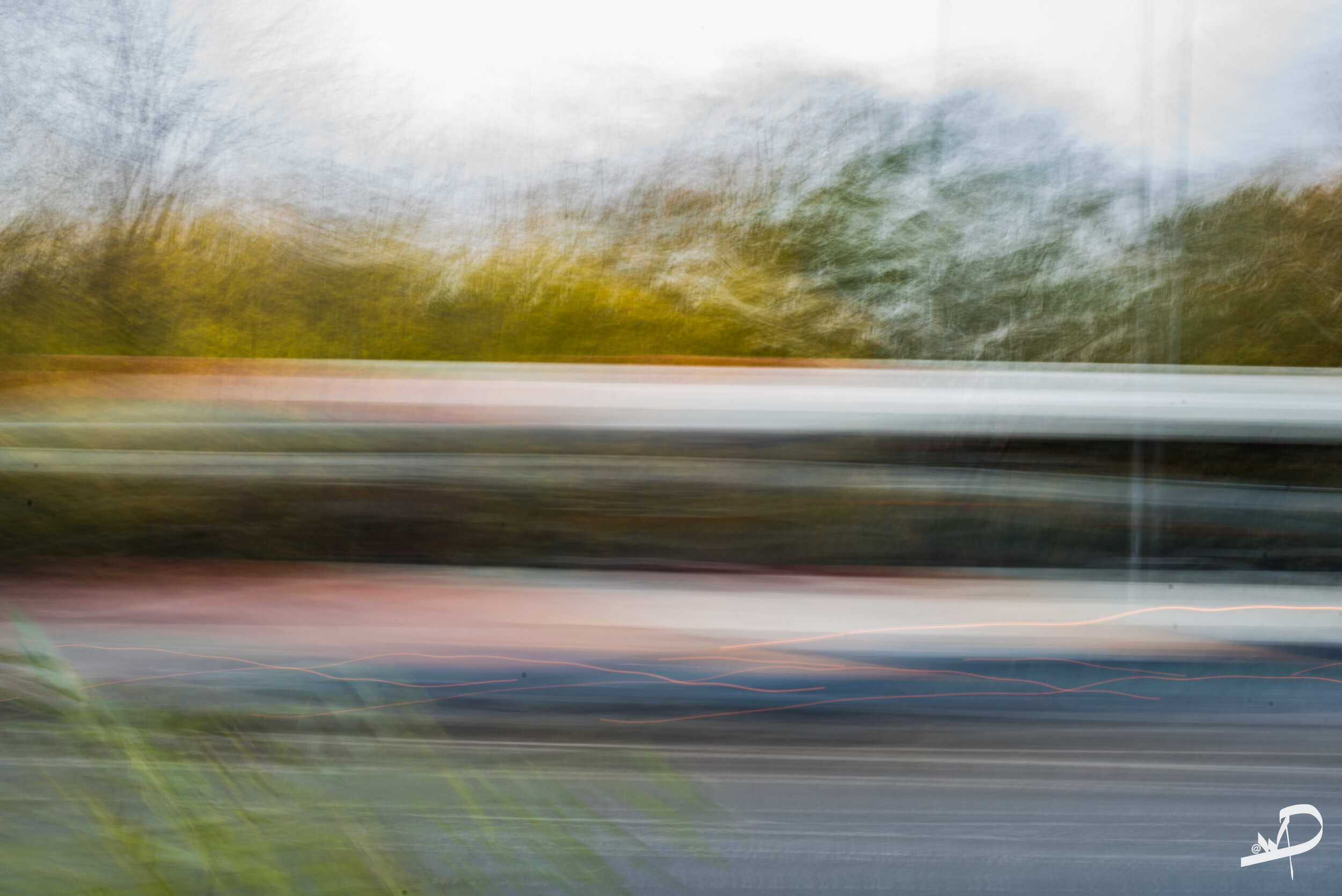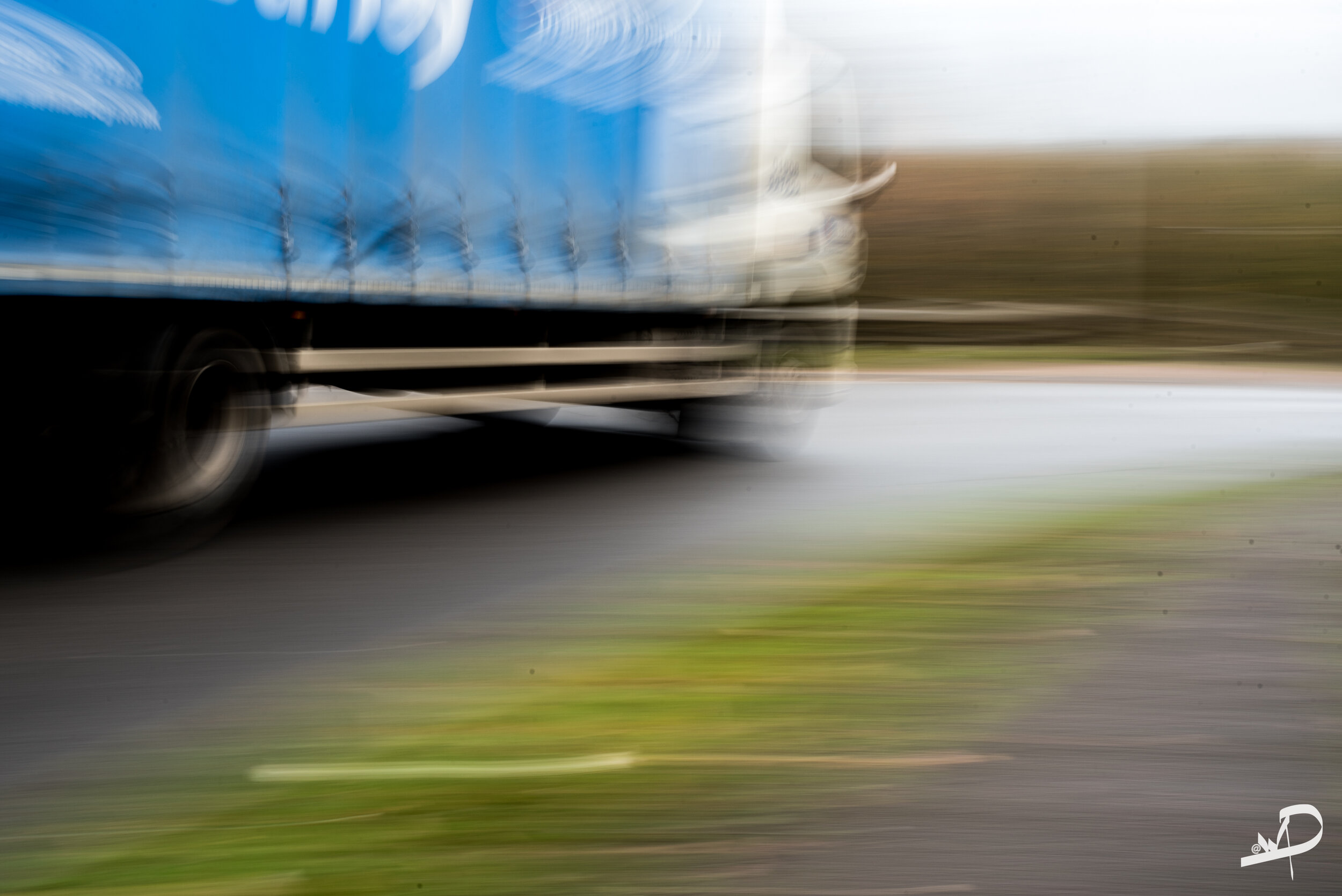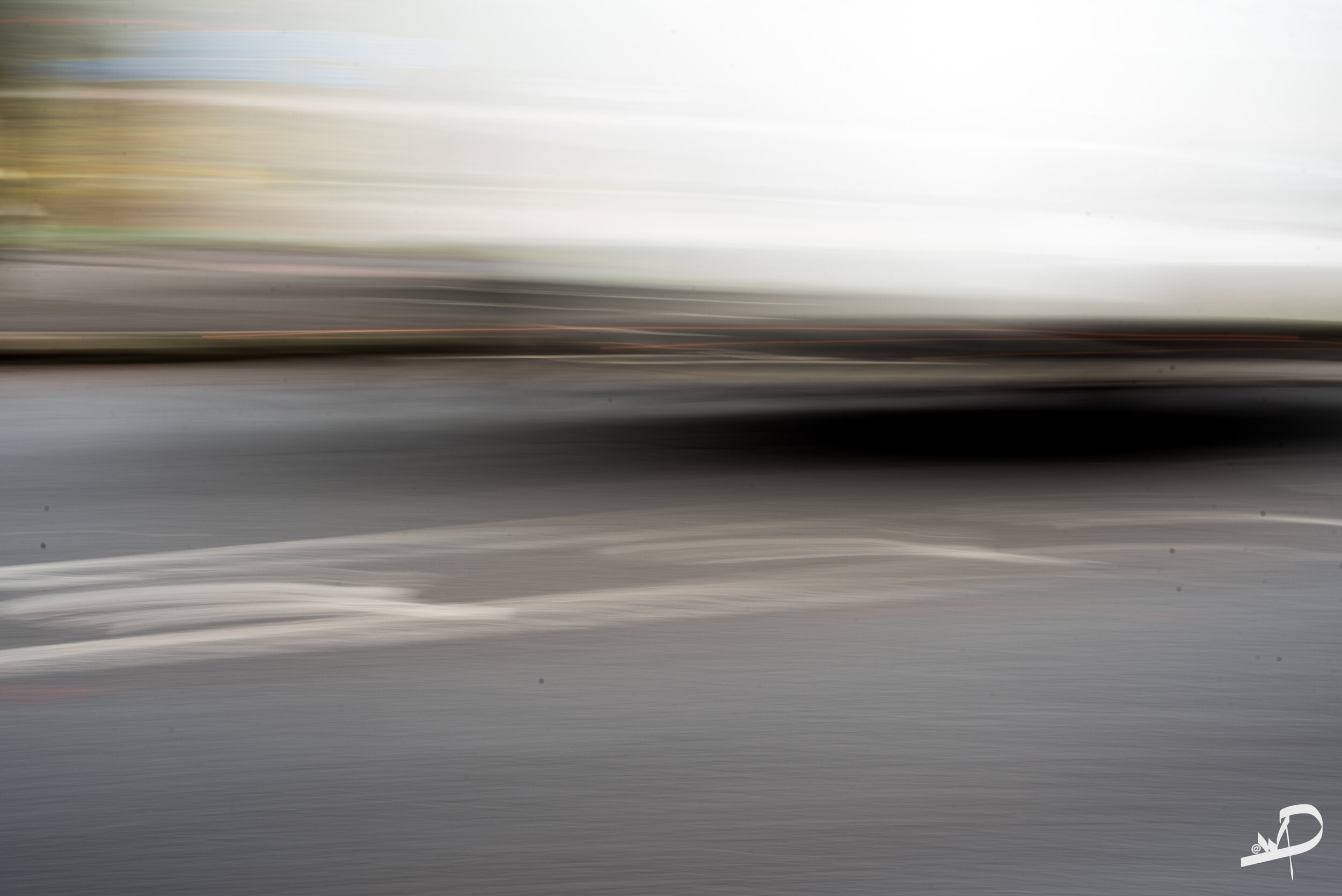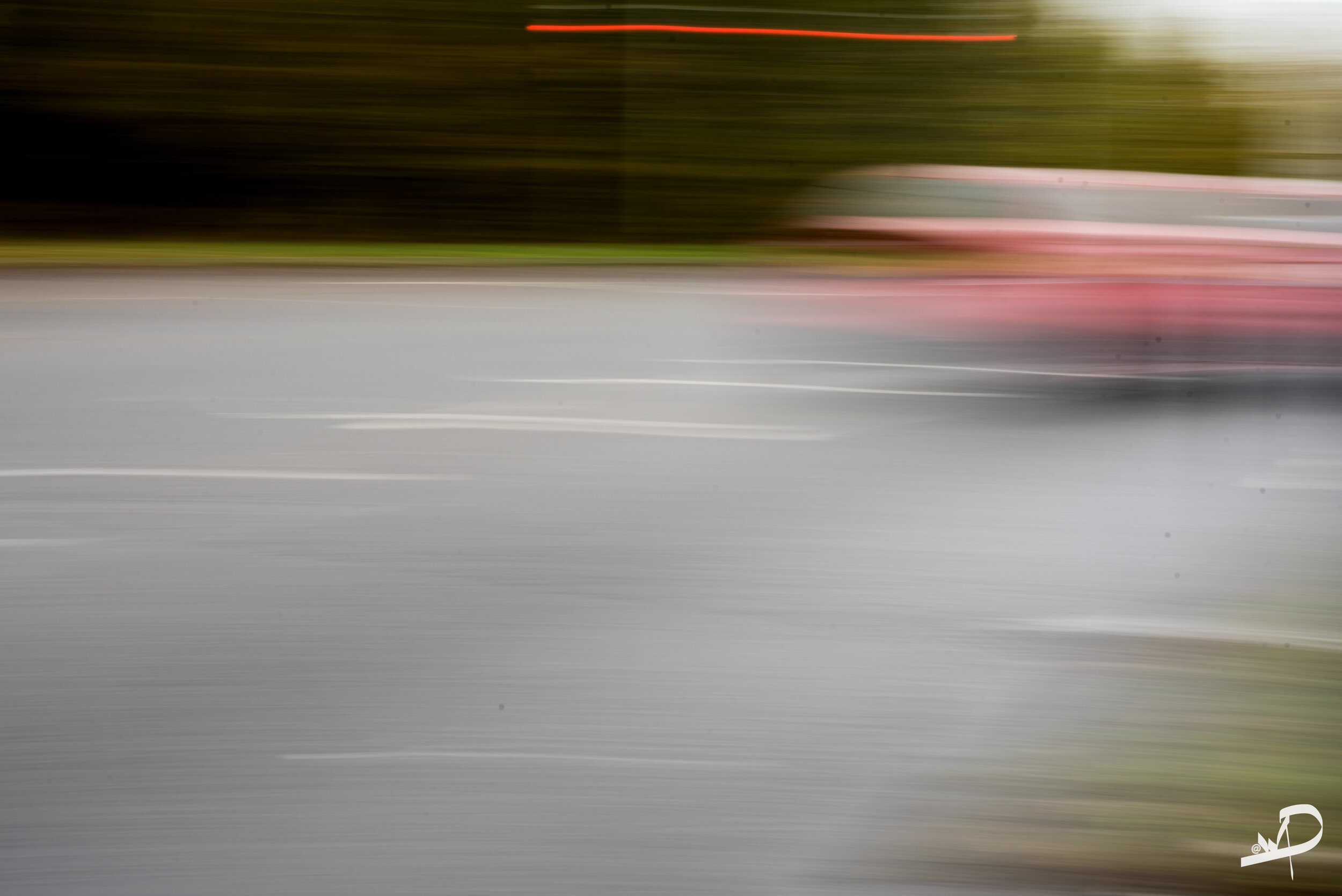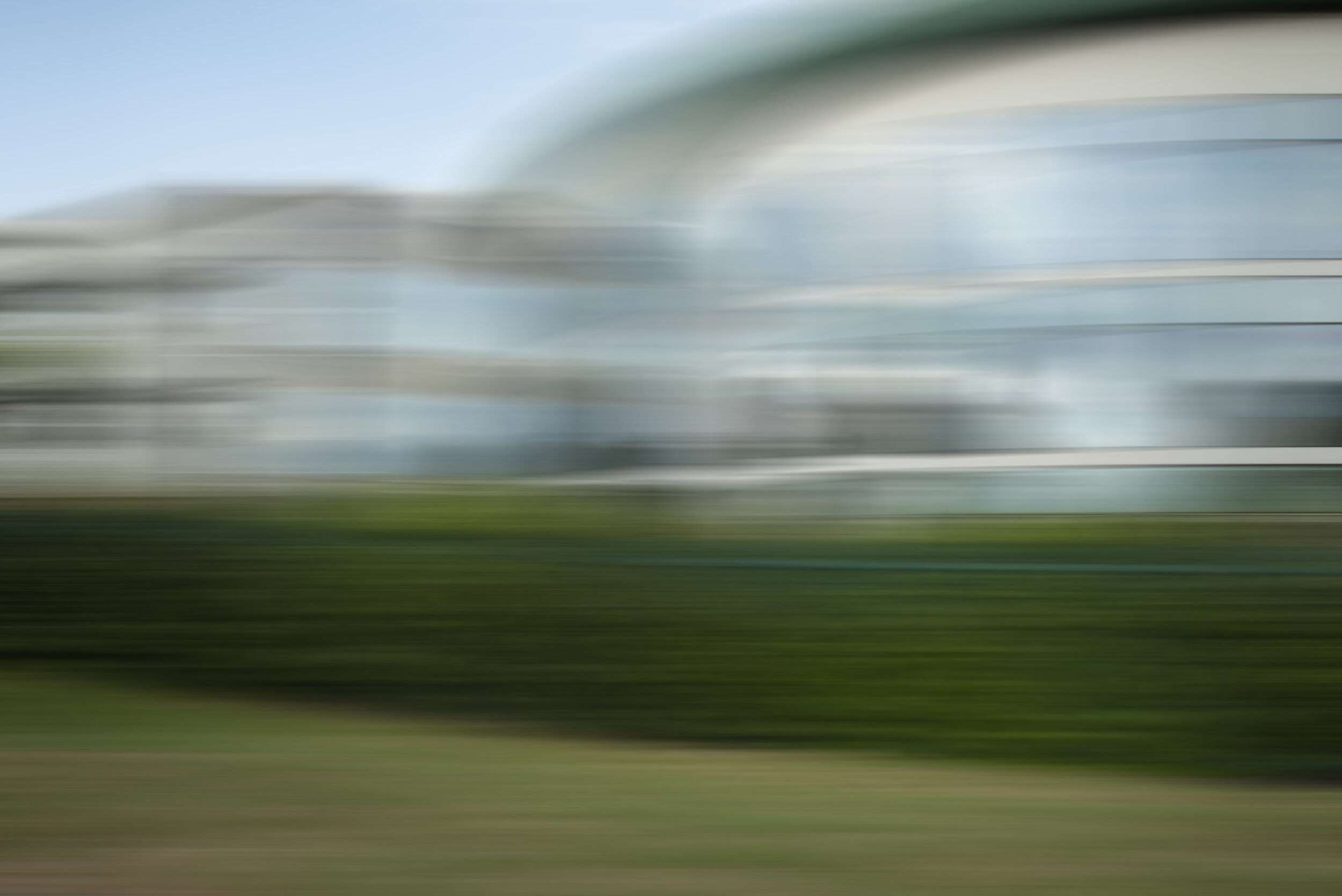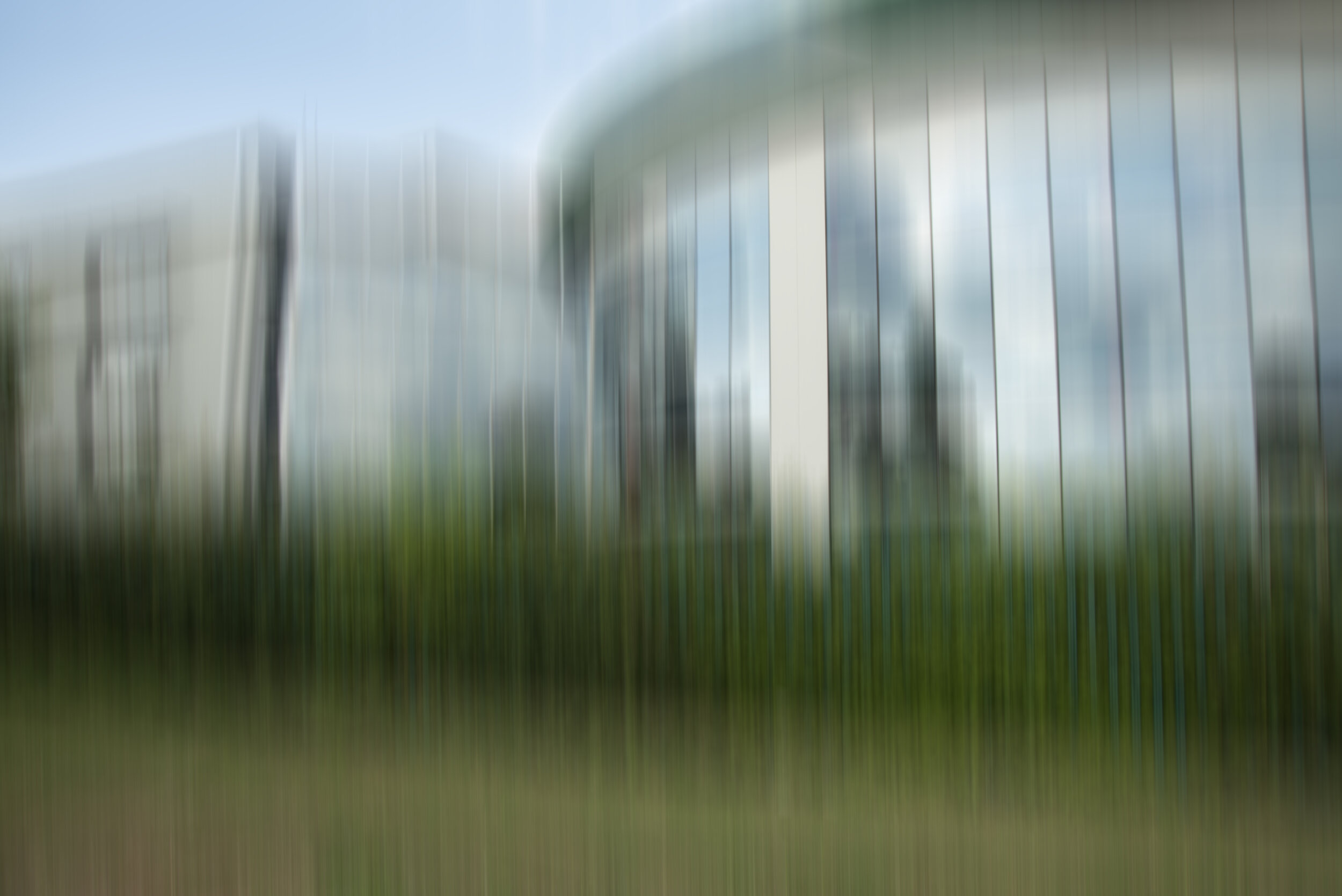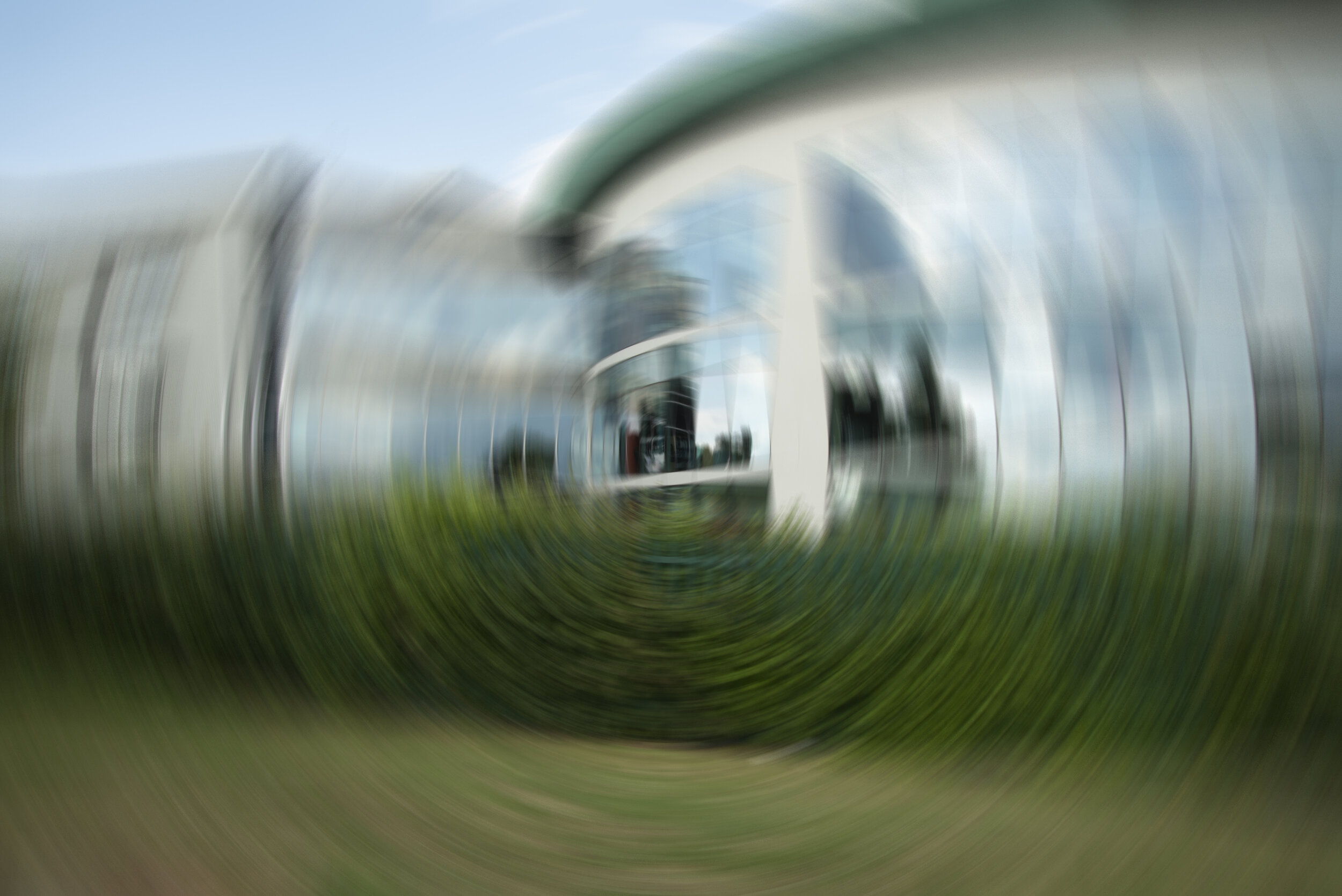Take A Fixed Panning Photograph
Learn all about Fixed Panning Photography
This blog will be divided into three areas:
Fixed Panning Photography
Photographic process of taking a Fixed Panned Photograph
Process of editing an image to look like a Fixed Panning Photograph
Fixed Panning Photography
This technique links to the process of panning and motion blur. The reason for this is the process forms some kind of a blur when you take a picture.
Panning - Panning photography is a technique where you move the camera while the shutter is open to capture the panning movement, in the form of motion blur, in the photograph.
Motion blur - any object moving will look blurred or smeared along the direction of motion. Motion blur photography is frequently used to show a sense of speed.
Here are 4 types of motion blur and these are:
Panning
Zooming - Link to past blog - Fine Art Techniques - Zoom Burst Photography
Twisting
Slow shutter speed - Link to past blog - Slow Shutter Speed Photos – Tips and Examples
To put this simpler, fixed panning photography is both an example of motion blur and panning.
Take a look at this brilliant article on another photographer who took some great experiments with panning.
Motion Blur Techniques for Drive-By Photography
Photographer Julieanne Kost
https://create.adobe.com/2016/1/8/motion_blur_techniques_for_drive_by_photographers.htm
2. Photographic process of taking a Fixed Panned Photograph
This is a really fun and simple activity, where you can take some unexpected photographs. It makes you feel like when you used a traditional camera, you always hope it turns out as expected but it can also be a lovely surprise.
I had an experiment with this process yesterday so I had some image examples for this blog and this was my process.
handhold the camera
Try both aperture priority and manual mode.
When photographing anything moving, use aperture priority so that you can concentrate on moving the camera.
Manual Mode setting to try -
100/200 iSO
f8 - f16 aperture
Shutter speed is 5 exposure stops below the camera exposure speed indicated, from the exposure line.
Once you have set the camera the next stage is to experiment with how you move the camera, as you can move it in a circular motion, up & down or left to right.
REMEMBER TO AMEND SETTINGS TO MAKE SURE THAT YOU DO NOT TAKE UNDER OR OVEREXPOSED IMAGES.
hERE ARE MY IMAGE EXAMPLES OF WHAT YOU CAN CREATE OR TAKE YOURSELF
left to right examples
2. rotating the camera
3. walking down the path.
4. moving vehicles
3. Process of editing an image to look like a Fixed Panning Photograph
if you like the effect of panning and how it changes what you see through the camera, you are able to edit your own still images so that they look like you have used the panning technique during the capture process.
This is the process to use when editing a still photo in Photoshop:
open up your images
Duplicate the layer
Click upon the Filter tab
Click on the blur gallery
Click upon the path blur option. So that you can direct the motion in the picture.
To use the path blur, you need to move the path across the image from the centre and to increase the blurred movement you will need to play with the speed option.
Or you can create a rotational blur by using the radial blur option. To use this click upon the blur option, click on the radial blur, and pick the spin option. Then amend to 12 or lower than this number to get the effect that you like
Save your final edit
Here are some examples of these processes
I do hope that this technique is something you may wish to use for your own camera processes. The next blog will be all about this technique - Scanner Art Photography
If You Would Like To Have More Information And Learn More, Then Please Give Me Some Blog Suggestions In The Comments Below Or Arrange A 1:1 Photography Session With Myself.
Thank You For Reading My Blog
If You Enjoyed This Blog, Then Please Sign Up For My Regular Blog Newsletter.
Please leave any comments or subject suggestions that you would wish for me to cover on the subject of Photography.
Thank you for reading.



